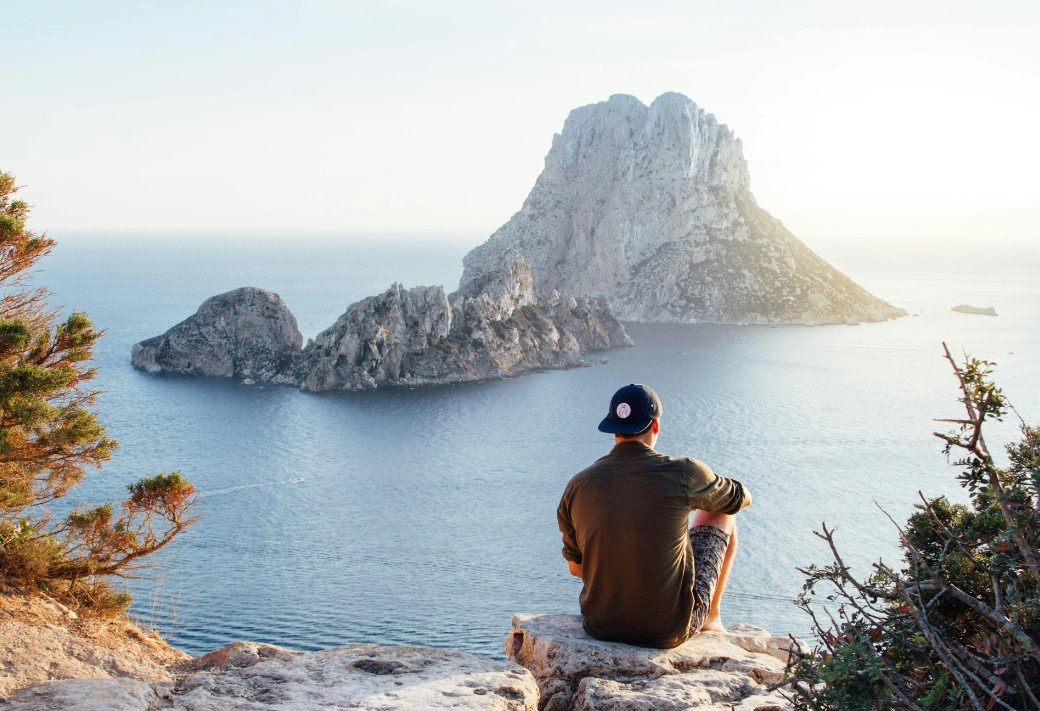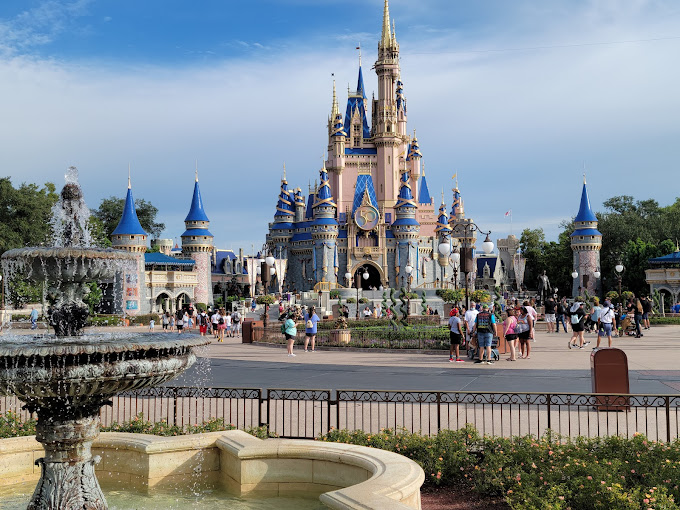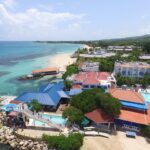Last Updated on 8 March 2025 by bestallinclusiveforfamilies.com
Have you ever wondered where some of the most beautiful landscapes in the world are located? Perhaps you dream of seeing lush green fields, tall snow-capped mountains, or colorful flower gardens. Well, look no further! In this article, we will discover top 6 the best landscape places in the world.
From rocky deserts to rainforests and everything in between, our planet offers a tremendous variety of natural scenery. Some landscapes, like the Grand Canyon, were formed over millions of years by erosion from wind and water. Others, like tropical island pops of vibrant colors, were shaped by volcanic activity. No matter how they were created, they are all incredible to witness.
We’ll start our journey in Antarctica, home to ethereal blue icebergs and glaciers. Then, we’ll fly to the coral reefs of Australia’s Great Barrier Reef, teeming with colorful sea life. Next up is Norway’s otherworldly Geirangerfjord, surrounded by towering cliffs and waterfalls. After that, we’ll visit the dramatic pink lakes of Canada before venturing to England’s verdant Lake District. Finally, we’ll end in the volcanoes of Hawaii for a feast for the eyes with lush rainforests, black sand beaches, and bubbling hot springs.
By the end of this adventure, you’ll be amazed by the variety of landscapes we all share on this beautiful planet. The colors, shapes, and textures will stir your imagination. I hope reading about these natural wonders inspires you to visit them someday. Now, let’s get started discover top 6 the best landscape places in the world.
Antarctica
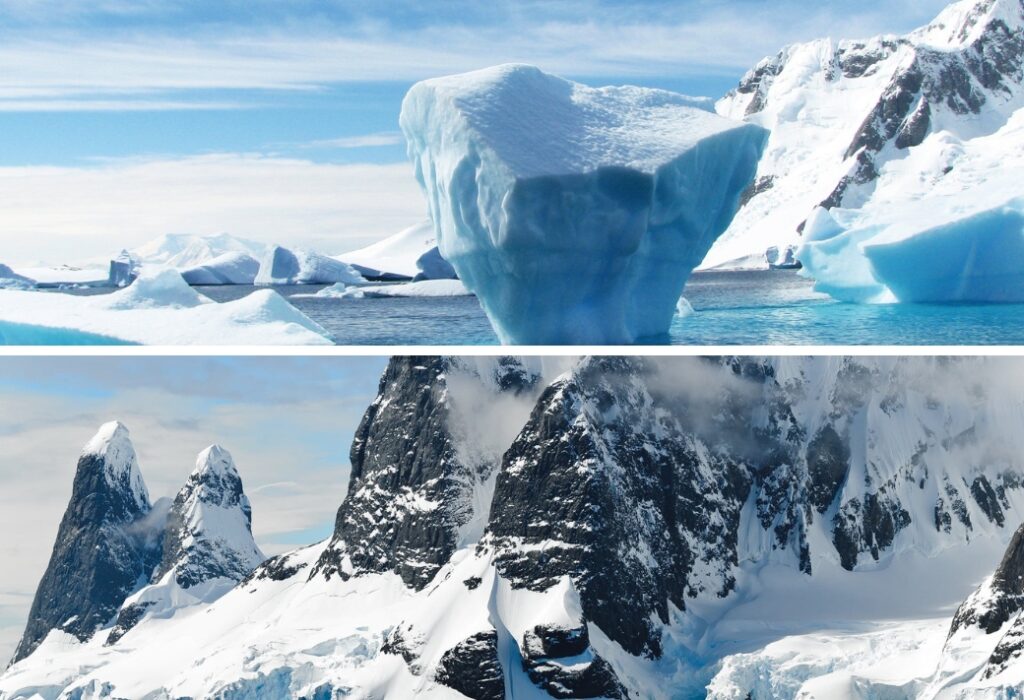
Our first stop is Antarctica, one of the most remote and pristine places on Earth. As the southernmost continent, Antarctica experiences long periods of darkness during the winter and constant daylight in the summer. This icy wonderland features miles and miles of glaciers along with millions of shimmering blue icebergs.
Icebergs are chunks of glacial ice that have broken off from ice shelves or glaciers. They come in different shapes and sizes and can be flat, pointed, or tall, like small mountains. The blue color comes from air bubbles trapped in the ice that help absorb other colors and reflect blue tones. It’s a truly magical sight to see icebergs floating serenely along coastlines.
Antarctica also has towering mountain peaks rising right up from the coastal edges. Montes de Glaciares is a mountain range along the Ice Sheet that includes Mount Jackson at 13,450 feet tall. The coastlines feature massive glaciers slowly creeping towards the sea, some over 30 miles wide. It’s easy to see why Antarctica is called “The White Continent.”. Its ethereal landscapes of ice and snow seem otherworldly.
Visiting Antarctica requires special planning, and many choose to cruise along parts of the icy coast. You never know what unique ice formations may appear during the trip. Penguins, seals, and wandering albatross birds also add vibrant splashes of life to the icy wilderness of Antarctica.
Great Barrier Reef, Australia
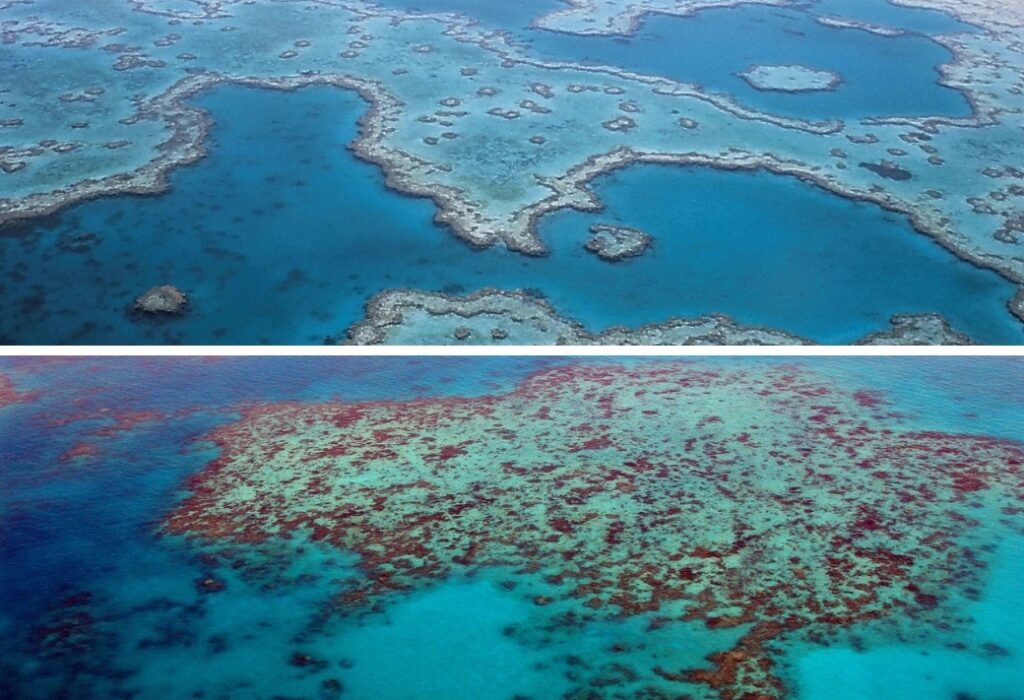
Now, we’ll travel northwest to Australia’s Great Barrier Reef, the largest structure made by living organisms on Earth. Stretching over 1,400 miles offshore from Queensland, its coral structures and colorful marine life make it one of the planet’s most biodiverse ecosystems.
Coral reefs were built over thousands of years by tiny creatures called coral polyps. Polyps secrete limestone skeletons that other polyps build upon, forming vast growths of coral that support over 4,000 species of fish and hundreds of types of sharks, rays, and mollusks. The reef glitters with brilliant shades of red, orange, purple, pink, and electric blue beneath the tropical seas.
While the reef is immense, its delicacy is also impressive. Corals require warm, clear water to survive so they can photosynthesize from algae living within their tissues. Any changes in water temperature or quality threaten this complex community. Clownfish, angelfish, sea turtles, and manta rays are common resident species that are beautiful to encounter amongst the reefs. Some areas host giant green sea turtles weighing hundreds of pounds each.
Diving and snorkeling over the Great Barrier Reef lets you float above vibrant reefscapes teeming with underwater activity. No two reef sights are quite the same, with each holding surprises around every colorful coral head and boulder. The incredible biodiversity of life makes the reef a top global priority for preservation. Its landscapes are as delicate as they are dazzling.
Geirangerfjord, Norway
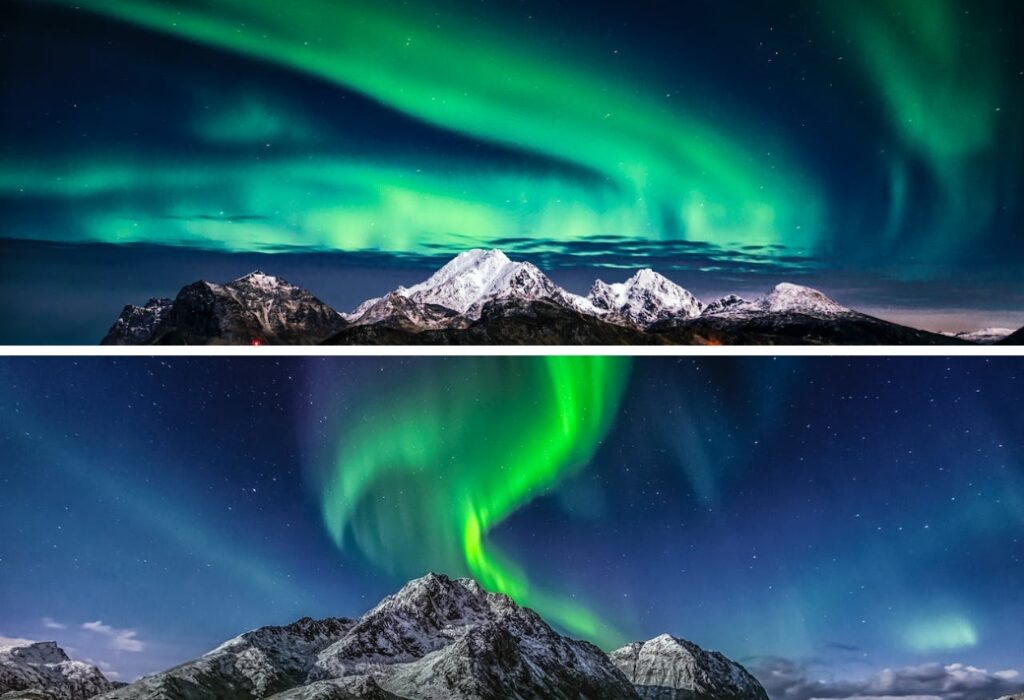
Now, we fly across the world to Norway’s Geirangerfjord, located along the rugged Sunmore Alps. As one of the most beautiful fjords in the world, this 15-mile-long waterway was carved out over thousands of years by glacial ice sheets. Its cliffs tower as high as 3,000 feet on either side, cloaked in emerald-evergreen forests and small mountain farms.
Along the valley sides, waterfalls plummet dramatically in ethereal plunges named for Norse gods like Bridal Veil and Suitor. Some falls even cascade year-round beneath blankets of snow. Towering waterfalls like The Seven Sisters form a magnificent curtain of aquamarine across slopes. Clear fjord waters perfectly reflect the surrounding magnificence.
Visiting Geirangerfjord requires a scenic boat cruise into its depths to take in its sheer granite walls and rugged peaks. Cruising the coastline also offers chances to spot wildlife like seals, dolphins, and seabirds. Due to its narrow width and towering cliffs, it feels like floating through a natural cathedral carved over millennia. UNESCO heritage status protects this iconic Norwegian fjord landscape.
With its melodies of crashing waters and tranquil mountain vistas, Geirangerfjord immerses visitors in nature’s raw splendor and Norway’s wild northern charm. Its unique terrain is a stunning expression of the geological forces that shape our planet. No two visits here are ever quite the same.
Pink Lakes, Canada
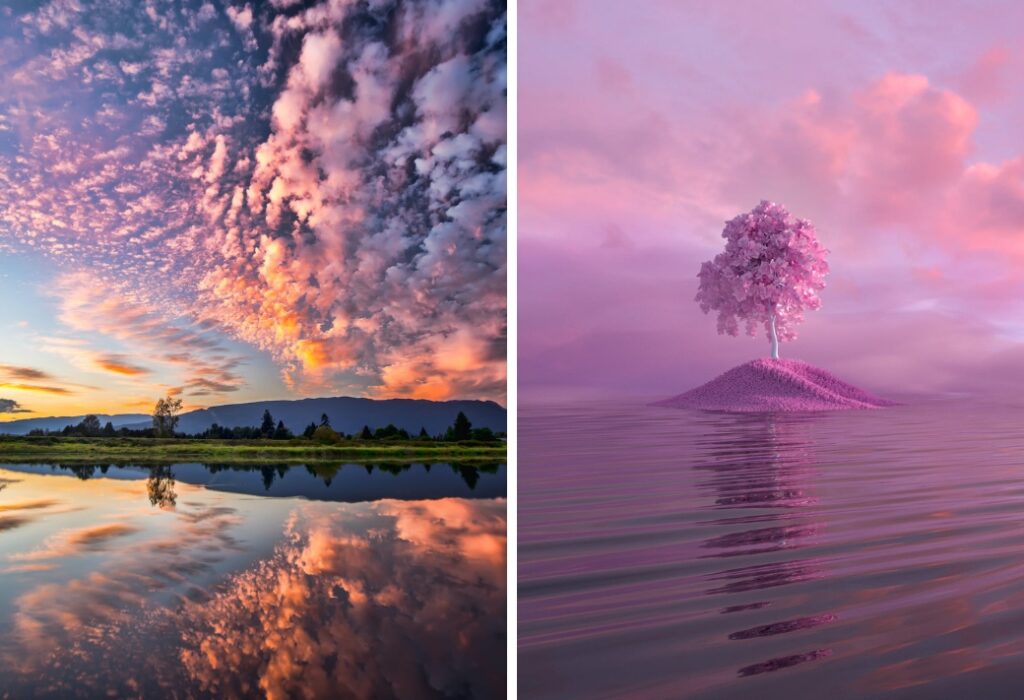
We now find ourselves in Canada at a place known for pink waters—the saline lakes of the Columbia Wetlands near Invermere, British Columbia. Here, algae blooms in the lakes each summer fuel a startling natural phenomenon. As algae multiply in high-salt waters, they produce a reddish pigment that bathes sections of several lakes in a vivid cotton candy pink!
These “Pink Lakes” include Cameron, Slocan, and Inkini Lakes within the wetlands. Their unusual pink hue is clearly visible even from aircraft flying overhead. While their salt levels make them inhospitable for most plants and animals, they do support microscopic algae called Dunaliella salina. These algae are the reason for the surreal pink landscapes.
A walking boardwalk leads visitors through the wetlands past marshes dotted with purple loosestrife wildflowers. Certain areas of shoreline and lily pads become dyed Fuschia. Other minerals in the lake water, like magnesium, help intensify the bubblegum coloring. Though short-lived from July to early fall each year, the effect is dreamlike, witnessing flamingo-colored lakes amid verdant mountains.
Getting up close by canoe or kayak lets you see the way sunlight interacts with tiny algae cells to cast the entire lake surface in cotton candy tints. The seasonal bloom makes these saline ponds one of Canada’s most ethereal natural sites. Their temporary, yet striking transformation is a real natural wonder.
Lake District, England
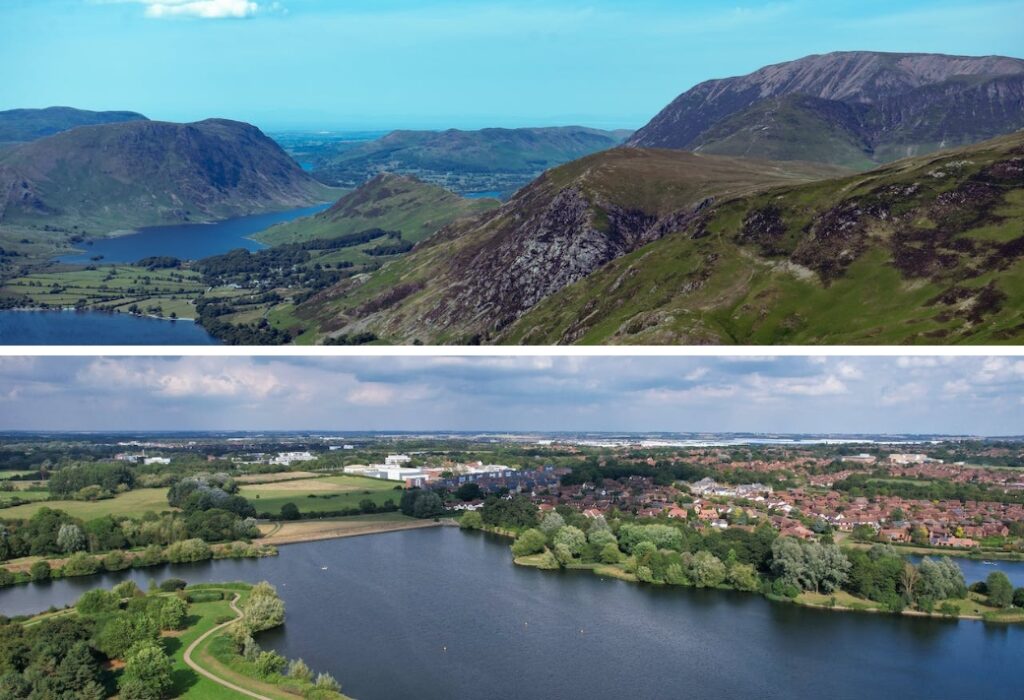
Our next stop is England’s idyllic Lake District, found within Cumbria’s mountains in the northwest. As the largest lake region in England, its landscape is green and pastoral, dotted with over 20 sparkling lakes and framed by soaring fells or mountains. This upland territory’s beauty inspired British Romantic poets like William Wordsworth to write odes celebrating its nature.
Lakeland town of of Windermere is the largest English lake, stretching over 10 miles long. Nearby Coniston Water features the historic villages of Coniston and Hawkshead along its shores, surrounded by hills. Gentler Stillwater offers calm blue waters reflecting surrounding fields. Glenridding on Lake Ullswater offers activities like rowing across its cerulean waters beneath the shade of copper beeches.
Rambles along the shores of these lakes lead hikers through wildflower meadows and past stone fences bordering green fields. Sheep and cattle peacefully graze the fellsides. Ancient villages maintain rustic charm; Hawkshead has retained its “steeple village” layout since the 16th century. Country lanes invite cycling around this pastoral patchwork.
The Lake District’s timeless scenery makes it Britain’s best-loved national park. Quiet woodland paths unwind past reflections of oak and sycamore in the mirrored clarity of Lake Bassenthwaite. It has inspired creative souls for centuries due to natural beauty that soothes the soul.
Big Island, Hawaii
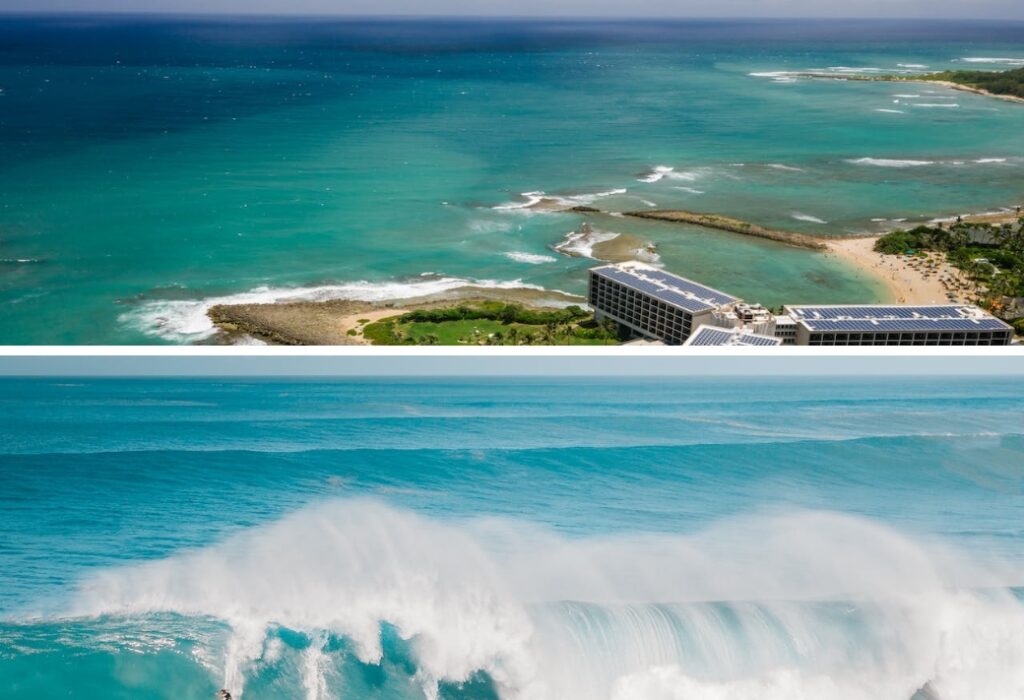
For our final stop, we journey to the volcanic Hawaiian Islands in the middle of the Pacific. Among them, Hawaii’s “Big Island” offers superlative natural landscapes from ocean to mountain summit. Ancient Hawaiian cultural sites also dot its scenic byways.
Black-sand beaches dot the coast, showing evidence of Hawaii’s formative history through lava flows. Some beaches host green sea turtles lolling in the surf. Mountain peaks soar over 13,000 feet high, including active volcanoes like Kilauea and Mauna Loa. Lava periodically flows from Kilauea into the ocean, adding new land to the island.
Visitors can walk along cooled lava trails, passing twisted cords of volcanic rock. Thurston Lava Tube, a massive underground tunnel formed by flowing lava, allows glimpses of the earth’s formative fiery forces. Rainforests cloak mountain slopes with vibrant flora like ohia trees dotted with bright orange and red blooms. Waterfalls plunge over mossy rocks, feeding clear jungle pools.
At Hawaii Volcanoes National Park, trails wind past steam vents and colorful ash deposits. Seeing the glow of molten lava at night is mesmerizing. Ornate tropical beaches offer swimming and snorkeling with sea turtles. Black dunes blow picturesquely along certain shorelines. Between its active geology, beaches, and lush cloud forests, Hawaii’s Big Island has dynamic scenery rivaling any other volcanic landscape on our planet. It’s a natural beauty, and cultural sites leave lasting impressions of this mid-Pacific paradise.
Discover Top 6 The Best Landscape Places In The World
Here is a summary of the 6 landscape places in table form:
| Place | Key Features | Things to See/Do |
| Antarctica | Icebergs, glaciers, mountain peaks, coastal ice sheets | Cruise ships, penguins, seals, ice formations |
| Great Barrier Reef, Australia | Largest living structure, colorful coral reefs and marine life | Diving, snorkeling, sea turtles, fish, rays |
| Geirangerfjord, Norway | Steep cliffs, waterfalls, dramatic Fjord valley | Scenic boat tours, hiking, wildlife spotting |
| Pink Lakes, Canada | Algae-Infused pink colored lakes | Canoeing, birdwatching, walking trails |
| Lake District, England | Lakeland scenery, hills, villages, footpaths | Boating, hiking, cycling, literary heritage sites |
| Big Island, Hawaii | Volcanoes, lava fields, rainforests, black sand beaches | National park visits, hiking, swimming, spotting sea turtles |
These top six landscapes featured ice wonders, colorful coral reefs, mountains reflected in lakes, Canada’s unusual pink waters, England’s idyllic countryside setting, and Hawaii’s volcanic scenery, ideal for various activities from leisurely boating to challenging hikes. Each location offered breathtaking natural beauty and cultural experiences.
We’ve now reached the end of our global tour, exploring the top six most scenic landscapes around the world. From Antarctica’s otherworldly blue ice to Hawaii’s tropical forests and active volcanoes, each location offered breathtaking scenery carved by nature over millennia. I hope reading about these natural wonders sparked your sense of wanderlust and desire for adventure. While words can describe these places, nothing compares to experiencing their beauty with your own eyes.
As stewards of this planet, it’s important we work to protect fragile ecosystems like the Great Barrier Reef from climate change impacts. Preserving lands through organizations like the Lake District National Park also safeguards scenic areas for future generations. Who knows? Perhaps after reading this, you’ll be inspired to someday visit one of these top landscape locations. You might even randomly come across new natural gems just waiting to awe and inspire you. Our world never stops being amazing and surprises us with its diversity of habitats.
We hope the stunning panoramas shared here leave you with a fresh appreciation for Earth’s incredible landscapes. Next time you gaze at a sunset or towering mountain, take a moment to feel grateful for this beautiful planet we all call home.
Frequently Asked Questions (FAQs)
What is the best time to visit Antarctica?
The best time to visit is during the Antarctic summer, between late November and March. During this time, temperatures average around freezing, and strong winds are less frequent. You’ll have the best chances of fine weather and wildlife viewing.
Can you swim at the Great Barrier Reef?
While you can’t technically swim at the entire Great Barrier Reef since it’s underwater, many accessible parts have shallow depths that are safe for swimming and snorkeling. Always check conditions and obey signs—strong currents can occur. Wear reef-safe sunscreen to protect the delicate ecosystem.
How do you get to Geirangerfjord in Norway?
The main way is to embark on a scenic ferry or cruise through the fjord valley. These depart from towns like Hellesylt and Geiranger village, located at either end. Road access is also possible by car, though the narrow, winding roads have limited space. Public buses run as well if arriving without a private vehicle.
Why are some lakes in Canada pink?
The pink color comes from huge blooms of algae called Dunaliella salina that thrive in the lakes’ highly saline waters. The algae contain a red carotenoid pigment that blankets the entire lake surface during peak summer months. No other freshwater lakes have this unusual salmon hue.
What type of landscape is found in Lake District, England?
The Lake District is an upland area characterized by glacial valleys and limestone cliffs dotted with over 20 lakes. It features a green and lush mountainous landscape with quiet valleys, stone walls, fields, sheep farms, and picturesque villages alongside its lakes and rivers.
What volcanic features can you see on Hawaii’s Big Island?
You can visit active volcanoes like Kilauea, watch lava entering the ocean, see fumaroles releasing steam, and check out lava tubes underground. Black sand beaches and multi-colored ash deposits also show the landscape’s formative volcanic history. Hawaii Volcanoes National Park offers the best place to observe these geological treasures.
